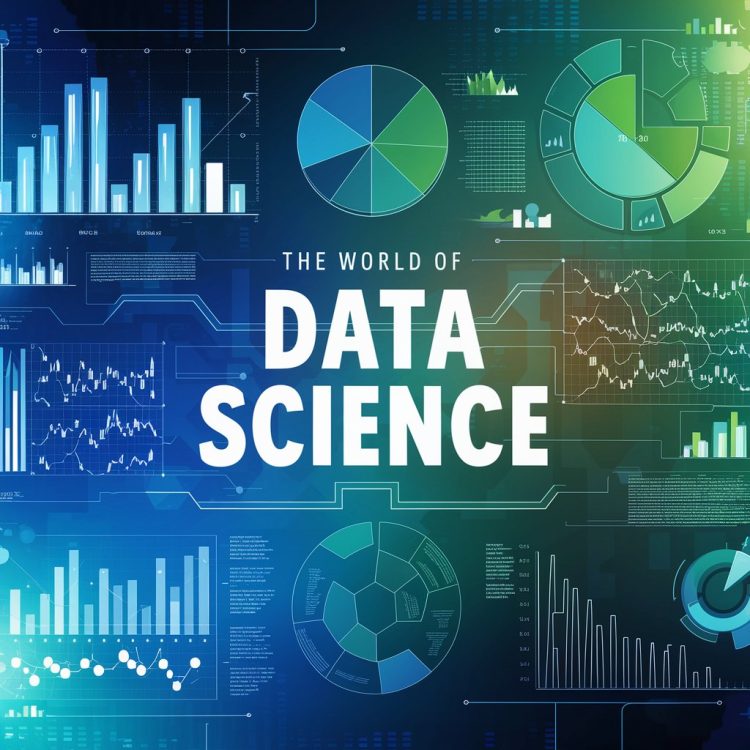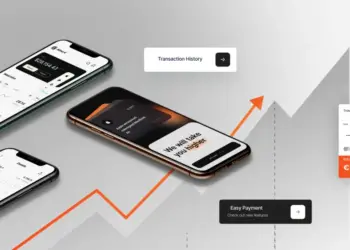Introduction
Python has emerged as the de facto language of choice for data analysis, revolutionizing the way we extract insights from complex datasets. Its versatility, ease of use, and extensive ecosystem of libraries have propelled it to the forefront of data science. Python’s dominance in data analysis is quite evident. Data science learning is never considered adequate without learning the concepts of Python. Any Data Analytics Course would cover Python programming in its curriculum. In this article, we delve into the unparalleled power of Python in data analysis, exploring its key features, popular libraries, and real-world applications.
What Makes Python so Powerful
The following section describes some attributes and features of Python that make it a powerful source from which data science technologies generously draw.
Python’s Versatility
One of Python’s greatest strengths lies in its versatility. From simple data manipulation to advanced statistical modeling, Python offers a wide range of tools and libraries to cater to diverse analytical needs. Whether you’re handling structured data in CSV files or unstructured data from web scraping, Python provides intuitive solutions for every scenario. Learning centers that conduct a professional course in data science technologies will equip learners to use these features of Python. Thus, a Data Analytics Course in Hyderabad or Delhi will cover most of the tools and libraries of Python that account for its versatility.
Popular Libraries
Several libraries have cemented Python’s status as the go-to language for data analysis. Pandas, renowned for its data manipulation capabilities, simplifies tasks such as filtering, sorting, and aggregating datasets. NumPy facilitates numerical computing with support for multi-dimensional arrays and mathematical functions. For visualization, Matplotlib and Seaborn offer powerful plotting tools to create insightful charts and graphs. Additionally, Scikit-learn provides a comprehensive suite of machine learning algorithms for predictive modeling.
Data Cleaning and Preprocessing
Data analysis often begins with cleaning and preprocessing raw data to ensure accuracy and consistency. Data cleaning is a fundamental first step in data analysis and a topic that is addressed in any Data Analytics Course. Python plays a crucial role in data cleaning, offering robust tools for data cleaning, transformation, and normalization. With Pandas and NumPy, analysts can effortlessly handle missing values, remove duplicates, and standardize data formats. Moreover, Python’s flexibility allows for seamless integration with external data sources, enabling efficient data-wrangling pipelines.
Exploratory Data Analysis (EDA)
EDA plays a crucial role in understanding data patterns, relationships, and anomalies. Python empowers analysts to perform EDA with ease, leveraging descriptive statistics, visualizations, and hypothesis-testing techniques. Matplotlib and Seaborn enable the creation of insightful plots, histograms, and heatmaps to uncover hidden insights within datasets. Furthermore, interactive visualization libraries like Plotly enhance the exploratory process by facilitating the dynamic exploration of data. EDA forms a topic of extensive coverage in a professional or advanced level course; such as a Data Analytics Course in Hyderabad or such cities where professionals seek to acquire skills in specialized areas of the application of technologies as required by their roles.
Statistical Analysis and Modelling
Python provides a rich ecosystem for statistical analysis and modeling, catering to both traditional and advanced analytical techniques. With libraries such as SciPy and StatsModels, analysts can conduct hypothesis testing, regression analysis, and time series forecasting. Additionally, Scikit-learn offers a wide array of machine learning algorithms for classification, regression, clustering, and dimensionality reduction tasks. Python’s extensibility allows for seamless integration of custom models and algorithms, enabling tailored solutions to complex analytical challenges.
Real-World Applications
The versatility and power of Python in data analysis are evident across various industries and domains. From finance and healthcare to marketing and manufacturing, organizations leverage Python to extract actionable insights from vast amounts of data. In finance, Python facilitates risk modeling, portfolio optimization, and algorithmic trading strategies. In healthcare, it aids in disease prediction, patient monitoring, and drug discovery. Moreover, Python’s versatility extends to academia, where it fuels research in fields such as social sciences, biology, and environmental studies. Some learning centers do offer a Data Analytics Course that is tailored for researchers, scientists, and R&D personnel. These courses will focus on the concepts of data science technologies as applied to real-world scenarios.
Conclusion
Python has emerged as the undisputed champion in data analysis, offering unparalleled versatility, ease of use, and a rich ecosystem of libraries. Its ability to seamlessly handle data cleaning, exploratory analysis, statistical modeling, and machine learning makes it indispensable for analysts and data scientists worldwide. As organizations continue to harness the power of data for informed decision-making, Python remains the ultimate tool for unlocking insights and driving innovation in the ever-evolving landscape of data analysis.
ExcelR – Data Science, Data Analytics, and Business Analyst Course Training in Hyderabad
Address: Cyber Towers, PHASE-2, 5th Floor, Quadrant-2, HITEC City, Hyderabad, Telangana 500081
Phone: 096321 56744














